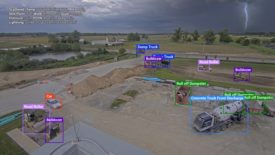Rich Friedman
Rich Friedman is founder and president of AEC industry consulting firm Friedman & Partners. He can be reached at rich@friedmanpartners.com or 508-276-1101.
ARTICLES
The latest news and information
#1 Source for Construction News, Data, Rankings, Analysis, and Commentary
JOIN ENR UNLIMITEDCopyright ©2024. All Rights Reserved BNP Media.
Design, CMS, Hosting & Web Development :: ePublishing

